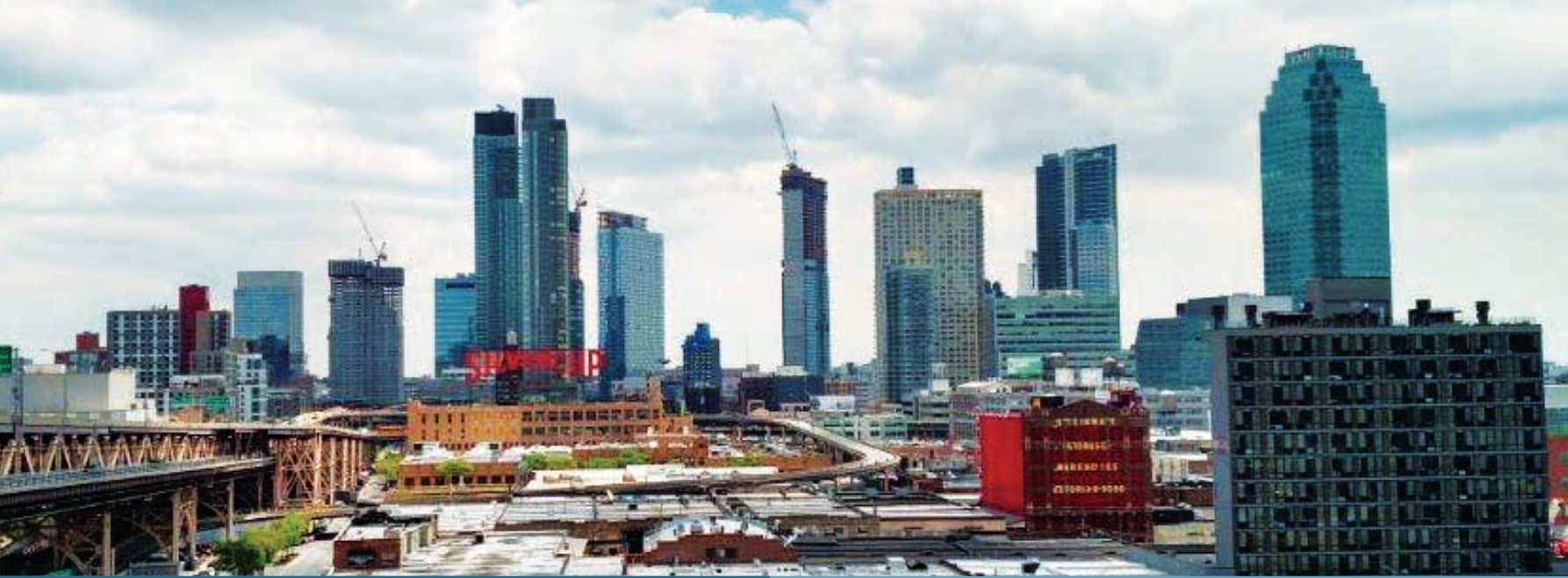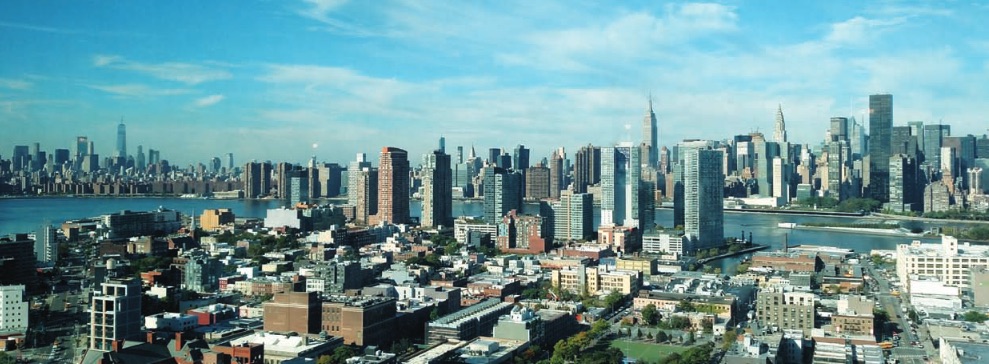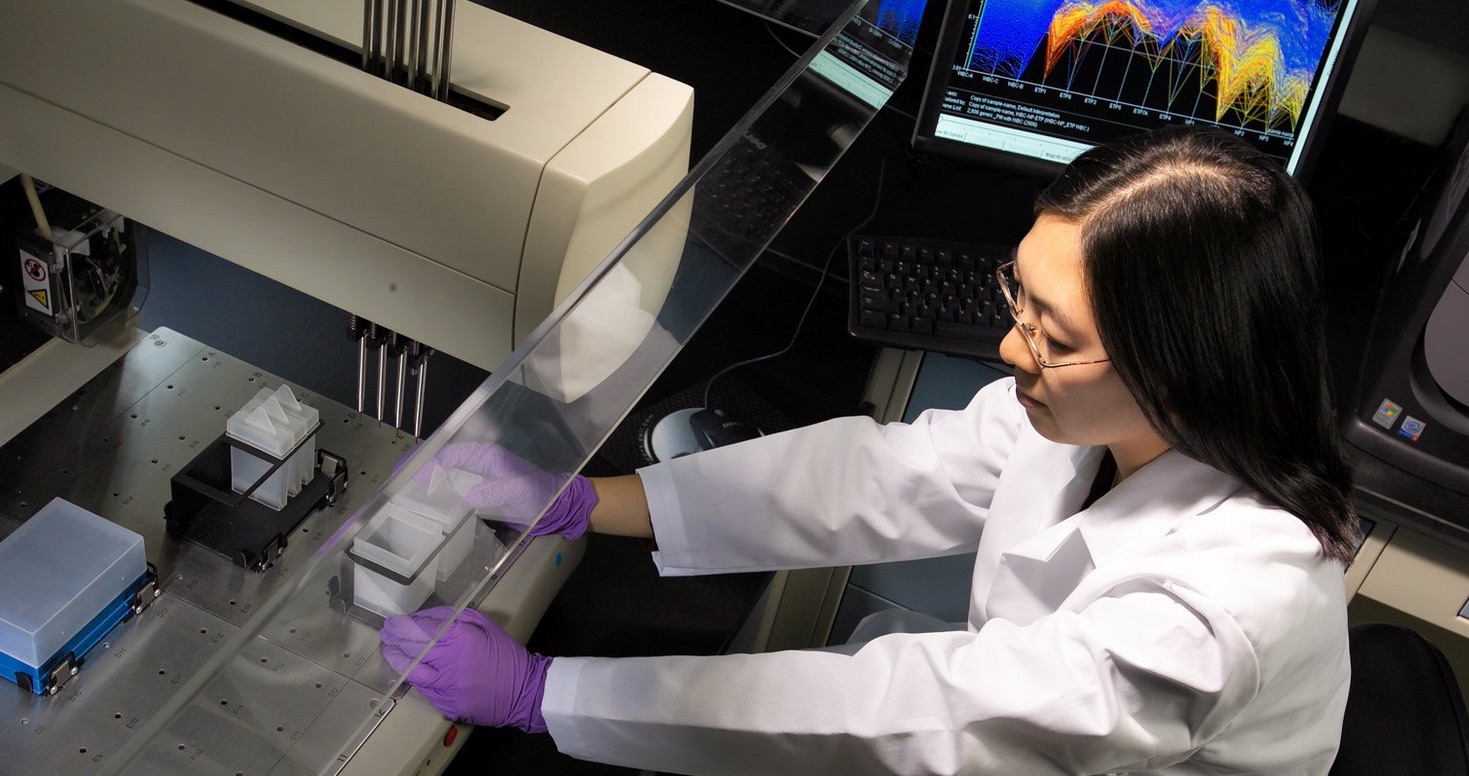
via LICP
Oct. 17, 2018 By Nathaly Pesantez
Long Island City could soon be on its way to becoming a large life sciences hub, with a new report indicating that the area not only has the space to do it, but is perhaps the only viable place in the city to foster it.
The 52-page report, released yesterday, was prepared by the consulting firm East Egg Project Management for the Long Island City Partnership, and studies whether the neighborhood is a feasible location for a life sciences cluster—a sector that includes pharmaceutical companies to medical machine manufacturing and beyond.
The report, funded in part by the Empire State Development, finds that Long Island City’s assets, including its access to transit, building stock and zoning, lower land costs, and growing amenities give it a competitive advantage over other places in the city to develop the cluster.
“Simply put — LIC’s strengths as a community and opportunities for space align with life sciences company needs and the NYC markets’ specific demands,” said Elizabeth Lusskin, President of the Long Island City Partnership, in a statement.
The report, however, identifies several shortfalls the neighborhood has in cultivating the space, from virtually no existing life science presence to a perceived lack of amenities and neighborhood cohesiveness.

via LICP
One of the positives for Long Island City include its existing building stock. Many buildings, despite their age, can be re-purposed for life sciences. Renovating these buildings, the report finds, can take less time than new construction.
Existing areas zoned for manufacturing, additionally, prove essential for life sciences uses like commercial laboratories.
The neighborhood’s sub-districts also accommodate different life science uses. The Court Square and Queens Plaza area, for instance, can provide lab spaces that require proximity to transit, while the waterfront area can accommodate companies that need larger floor plates.
Above all, space in Long Island City is about 20 percent less expensive than in Manhattan, where life science companies have generally eyed bringing their business to.
The report also highlights institutions in and near Long Island City where talented professionals can be found, such as the Cornell Tech campus on Roosevelt Island, LaGuardia Community College and the East Side medical research corridor.
Yet with all of Long Island City’s benefits, some challenges have prevented the area from capturing and growing a life sciences sector already.
Life sciences facilities typically cost more to develop, and come with rents that new and smaller companies are unable to pay. While Long Island City land is less expensive than Manhattan’s,the scenario still poses a problem.
Companies, additionally, prefer to move into buildings that have already been outfitted or includes a pre-built lab space. While Long Island City’s existing buildings can be re purposed for life science use, there are virtually no such pre-built spaces in the area.
The neighborhood also lacks industrial space that features heavy floor loads that fit traditional life sciences uses. One mitigating factor, however, is that life science spaces are steadily moving away from typical industrial space needs.
The report also found that Long Island City, despite its connectivity and development boom, is perceived as “disjointed,” with a geography that is “difficult to grasp” for many.
“For some people, there is no ‘there’ there and they would need to be made aware of LIC’s changing landscape, cultural assets and easy connectivity,” the report reads.
There is also a widespread perception among those in the industry that Long Island City is too far from the Manhattan core, the report found.
Many companies told the consultant team that the Queens neighborhood had not crossed their minds to bring their business to, and worried of difficulties in talent attraction and retention–their primary concern in selecting a location.

via Empire State Development
With benefits and difficulties outlined, the report went on to propose two types of life sciences development scenarios in the area and its economic benefits, noting that the results make for a strong case in pushing for public investment into the cluster’s creation.
The team’s preferred scenario calls for 1.5 million square feet of life sciences space to be developed over the next ten years in Long Island City.
The bulk of the square footage—1 million square feet—should be dedicated to new construction for growing and established life sciences companies. The remaining square footage should come from renovated space that can accommodate for industrial life sciences uses, collaboration spaces, and conference, meeting, and event space.
The scenario would result in roughly 15,000 new jobs, a city-wide economic output of $7.16 billion, and an increase of more than $3.83 billion in the city’s annual GDP.
To help bring about the life sciences sector and its benefits, several short and long term steps were outlined in the report for the LICP and the public sector to take on.
Short-term actions include public assistance and incentives to attract more attention to the area, like addressing financial hurdles associated with life science facilities, continuing to make the public realm more inviting, and marketing the area with all it has to offer to dispel perceived notions of distance and lack of amenities.
Mid and long-term items include investing in improving regional transit and the local streetscape, fostering connections between the area’s talent pool and life sciences stakeholders, and supporting the development of shared facilities to decrease costs for some life sciences companies.
“We are proud to see the results of this state investment and look forward to building on the report’s conclusion that the neighborhood has much of what is needed for a successful hub,” said Howard Zemsky, Empire State Development president, in a statement.
The Long Island City Partnership announced that it had retained East Egg Project Management for the plan in March, and follows a grant the partnership was awarded in late 2017 by the ESD to fund a portion of the study.
The idea of Long Island City as a life sciences hub has long been brewing. In 2016, Mayor de Blasio released his LifeSci NYC Plan, a decade-long, $500 million commitment to bolster the city’s global reputation in life sciences and innovation.
Earlier this year, the city also offered up a Long Island City building as a space to develop a life sciences and research center.
For the full report, click here.
3 Comments

The FAKE MRLIC wrote the October 17, 2018 comment on he/she being anti-science.
This is about what you would expect from a report financed by the local business improvement people.
The mayor’s $500 million investment in the entire city is about what it takes to build one decent sized lab building.
We’re anti-science. How about an intelligent design center? Or maybe something in a nice shade of anti-vax?